Why ventilation matters
After extensive studies of how COVID spreads, scientists and policy makers are focusing on indoor air quality.
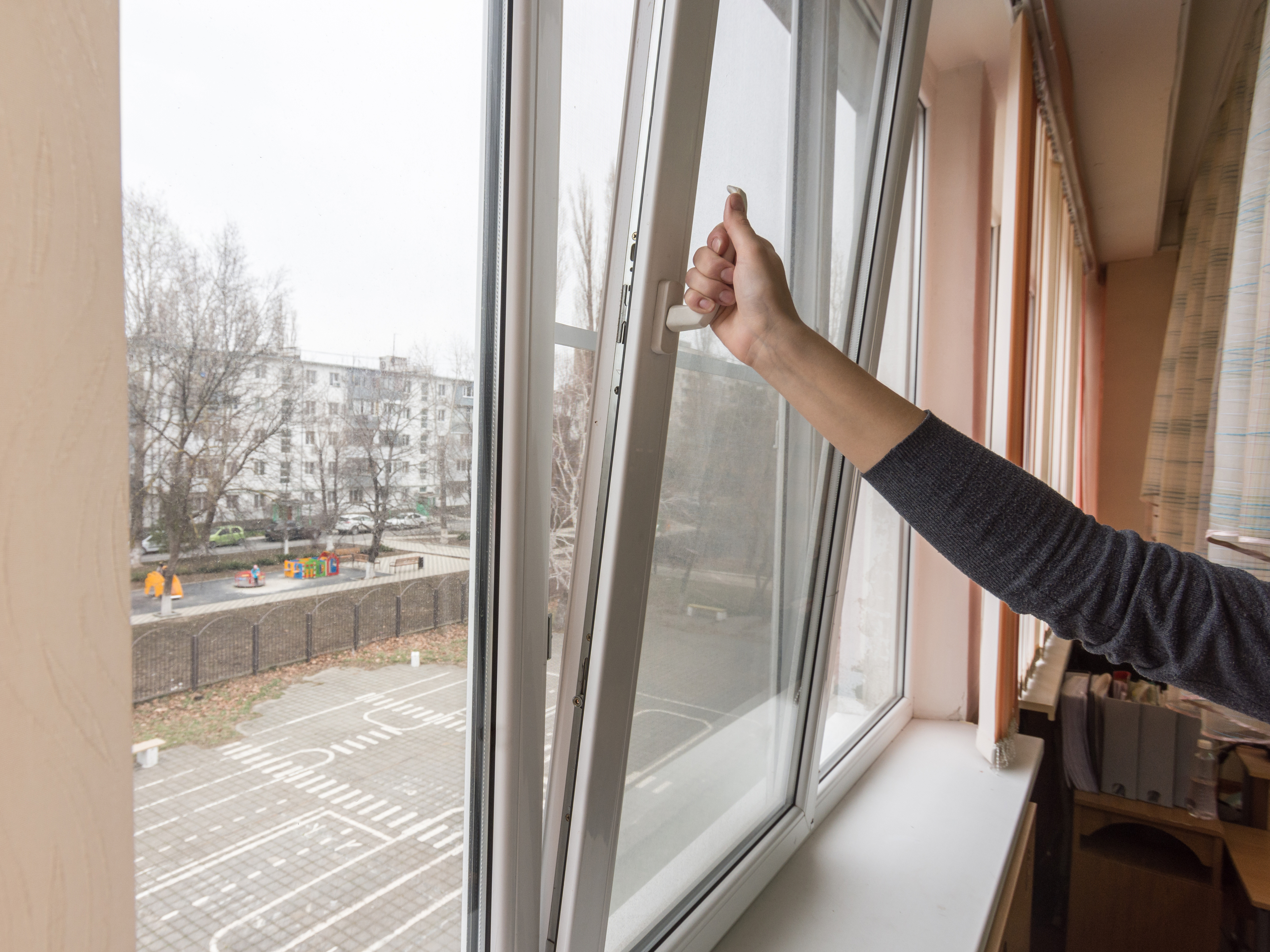
After extensive studies of how COVID spreads, scientists and policy makers are focusing on indoor air quality. Here's everything you need to know:
What do we know?
One of the most powerful tools for limiting the spread of COVID-19 has been right in front of our noses: purifying the air we breathe. After extensive studies of outbreaks, superspreader events, and aerosol dynamics, epidemiologists who specialize in respiratory disease have warned that maintaining 6 feet of distance from others isn't sufficient to avoid indoor infection. It took the World Health Organization more than a year to acknowledge that COVID doesn't just travel via large respiratory droplets that fall to the ground quickly, but also spreads in tiny, aerosolized particles that can linger in the air like a fine mist for hours. As mask mandates are lifted, this underscores how crucial it is to keep air flowing in crowded indoor places, by equipping buildings with ventilation systems that pump virus-laden air outside, and with filtration devices that trap viral particles. Think of aerosolized virus as cigarette smoke, said Joseph Allen, director of Harvard's Healthy Buildings Program. "If I'm smoking in the corner of a classroom and you have low ventilation/filtration, that room is going to fill up with smoke," Allen said. But outdoors, he said, "you could be a couple of feet from me, depending which way the wind was blowing, you may not even know I'm smoking."
The Week
Escape your echo chamber. Get the facts behind the news, plus analysis from multiple perspectives.

Sign up for The Week's Free Newsletters
From our morning news briefing to a weekly Good News Newsletter, get the best of The Week delivered directly to your inbox.
From our morning news briefing to a weekly Good News Newsletter, get the best of The Week delivered directly to your inbox.
How does the coronavirus travel?
Every time we exhale, air rushes out of our lungs and through our nose and mouth in a warm cloud of respiratory fluid. Droplets that emerge when we yell or cough can be as wide as a strand of human hair, but the coronavirus travels mainly through the millions of aerosols — droplets just a few thousandths of a millimeter wide — released with each breath. In a crowded, poorly ventilated room, up to 4 percent of each inhalation is someone else's breath; University of Oregon researchers found there was not much difference between the number of aerosol particles shared between people standing 4 feet versus 11 feet apart. Humidity helps, however. Studies indicate that in dry places, like many offices and restaurants, respiratory droplets travel farther and longer.
Where do infections occur?
Mostly indoors. There have been very few reports of outdoor transmission, even when tens of thousands of people converge for concerts or sporting events, because there's unlimited ventilation outside. One of the first COVID superspreader events — at a March 2020 choir rehearsal in Washington state — highlighted the limitations of indoor social distancing. Despite taking steps to spread out singers in the church, 52 out of 61 participants tested positive for COVID within a few weeks, and two choir members died. Scientists point out that the more people there are in an indoor space, the greater the risk one of them is infectious and emitting invisible clouds of virus. That explains why crowded restaurants, gyms, and conference rooms with poor circulation have produced many outbreaks.
A free daily email with the biggest news stories of the day – and the best features from TheWeek.com
How can ventilation help?
It brings in fresh air and pumps out air that people have exhaled, thus diluting the concentration of possible coronavirus particles. (It also reduces the risk of catching the flu and cold viruses, which also spread through the air.) A study of more than 10,000 classrooms in Italy found that good ventilation systems reduced COVID transmission by 82.5 percent. Airplanes are another good example of ventilation in action. Sitting in an aircraft cabin is one of the safest ways to travel, since half of the air passengers breathe comes from outside the plane, and the other half is recirculated through high-efficiency particulate air (HEPA) filters that provide a minimum capture efficiency of 99.97 percent — better than in most buildings. You can, however, be infected on a plane if you're sitting next to an infected person.
What steps should be taken?
Just opening windows improves ventilation, especially when they're at opposite ends of a room. Portable HEPA filters are effective, and UV light has also proven to be effective when used to treat air passing through a building's heating, ventilation, and air-conditioning system (HVAC). Experts are also publicizing the folly of using plexiglass dividers to shield people from one another's breath. Studies show that while these barriers might block a spray of droplets, like sneeze guards at salad bars, they also impede air circulation and may serve to raise the risk of infection.
Is good ventilation commonplace?
No, which is why the White House recently released an action plan for improving indoor air quality to fight the spread of COVID. For decades, engineers have prioritized making buildings more energy efficient, favoring recirculation over ventilation. Pumped-in outdoor air needs to be cooled or heated, and in a typical commercial building, HVAC accounts for up to 40 percent of total energy expended; that percentage rises when thick MERV 13 filters are installed to capture aerosols. Overhauling HVAC systems is expensive, so there will be resistance, said Linsey Marr, an engineering professor at Virginia Tech. "To put some teeth into this,'' she said, "there will need to be standards and regulations. And those will take years."
Air-quality problems in schools
The average U.S. public school building is more than 45 years old, and many have outdated or poorly functioning HVAC systems, according to the Government Accountability Office. During the pandemic, some desperate schools left windows open during frigid winter months to improve ventilation. Facing enormous pressure to improve air quality and reduce the risk of COVID outbreaks, public schools earmarked an estimated $4.4 billion for HVAC projects. A study of Georgia schools found that improved ventilation and HEPA filtration led to a 48 percent lower COVID rate. As a stopgap, school districts across the country also spent tens of millions of dollars on portable air purifiers, which often overstate their effectiveness and are known to release ozone particles, which can cause asthma in developing lungs. The best solution is to upgrade HVAC systems to provide frequent air turnover, said Tracy Washington Enger, an indoor-air specialist with the Environmental Protection Agency. To enable the transition to living with COVID as "an endemic disease," she said, schools need "long-term, effective management strategies that address indoor air quality."
This article was first published in the latest issue of The Week magazine. If you want to read more like it, you can try six risk-free issues of the magazine here.
-
 Magazine printables - Nov. 21, 2025
Magazine printables - Nov. 21, 2025Puzzle and Quizzes Magazine printables - Nov. 21, 2025
-
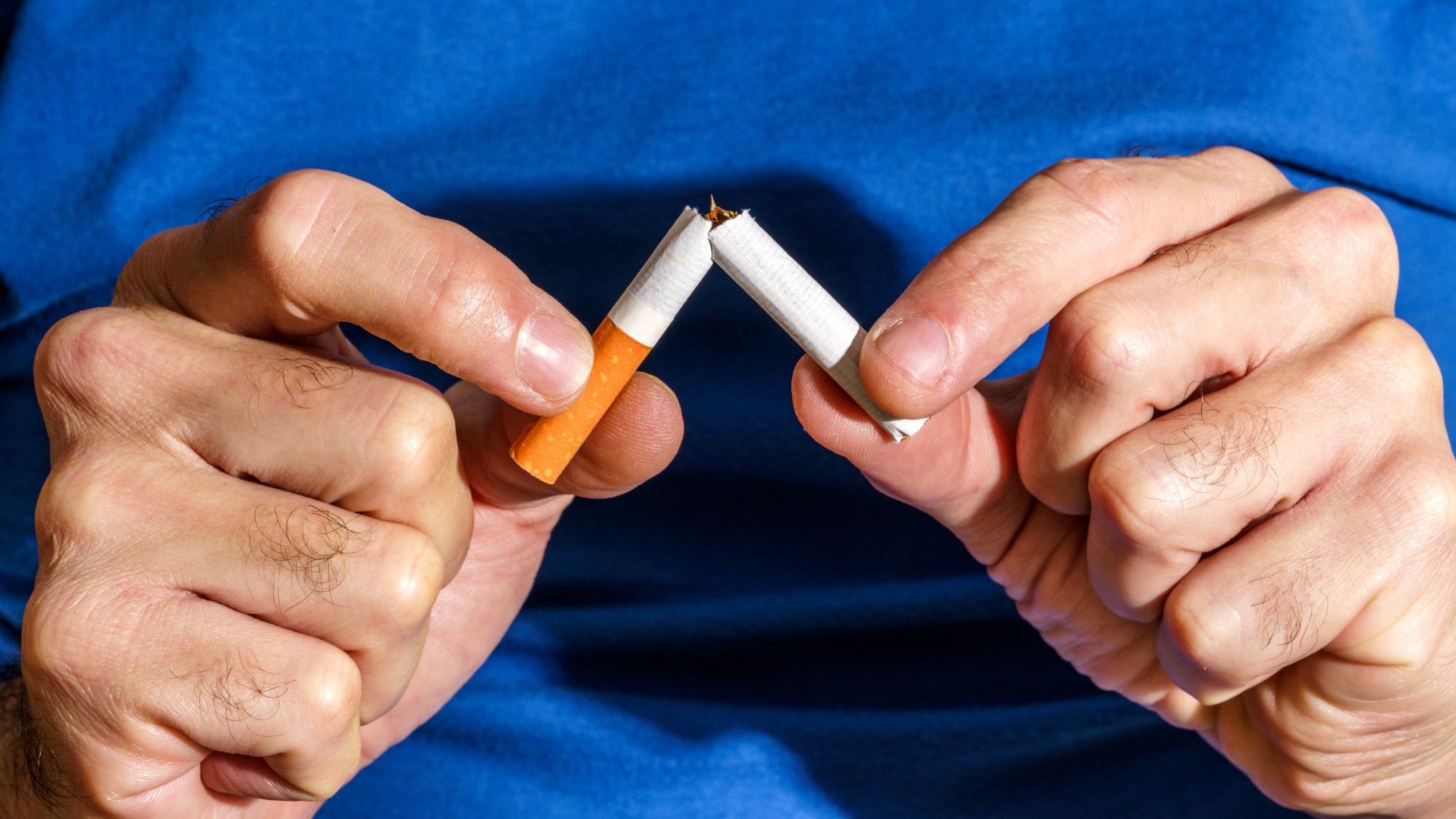 The diminishing power of willpower
The diminishing power of willpowerIn the Spotlight ‘Try harder’ attitude may not be the best way to achieve long-term goals
-
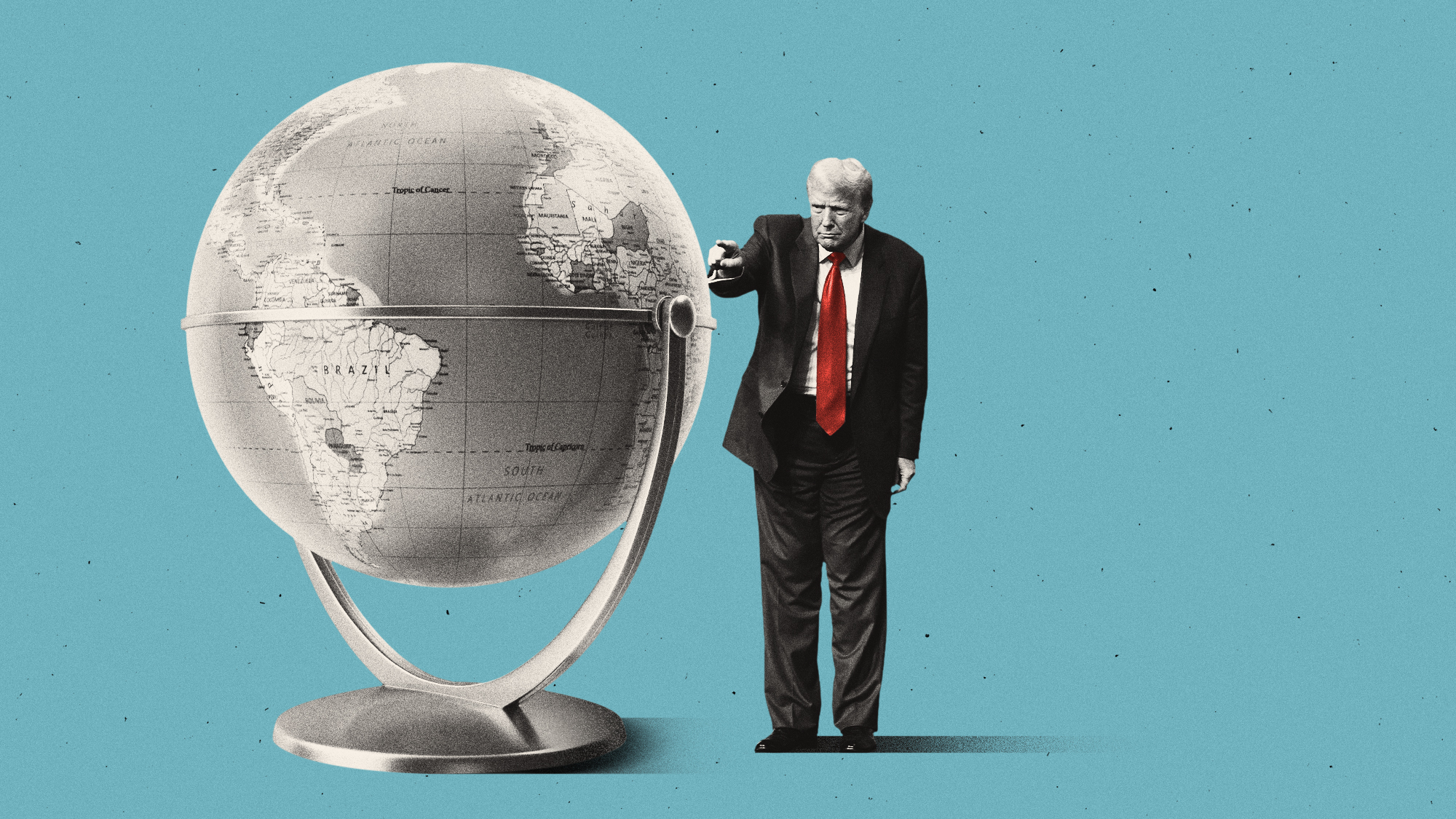 Greenland, Colombia, Cuba: where is Donald Trump eyeing up next?
Greenland, Colombia, Cuba: where is Donald Trump eyeing up next?Today's Big Question Ousting Venezuela’s leader could embolden the US administration to exert its dominance elsewhere
-
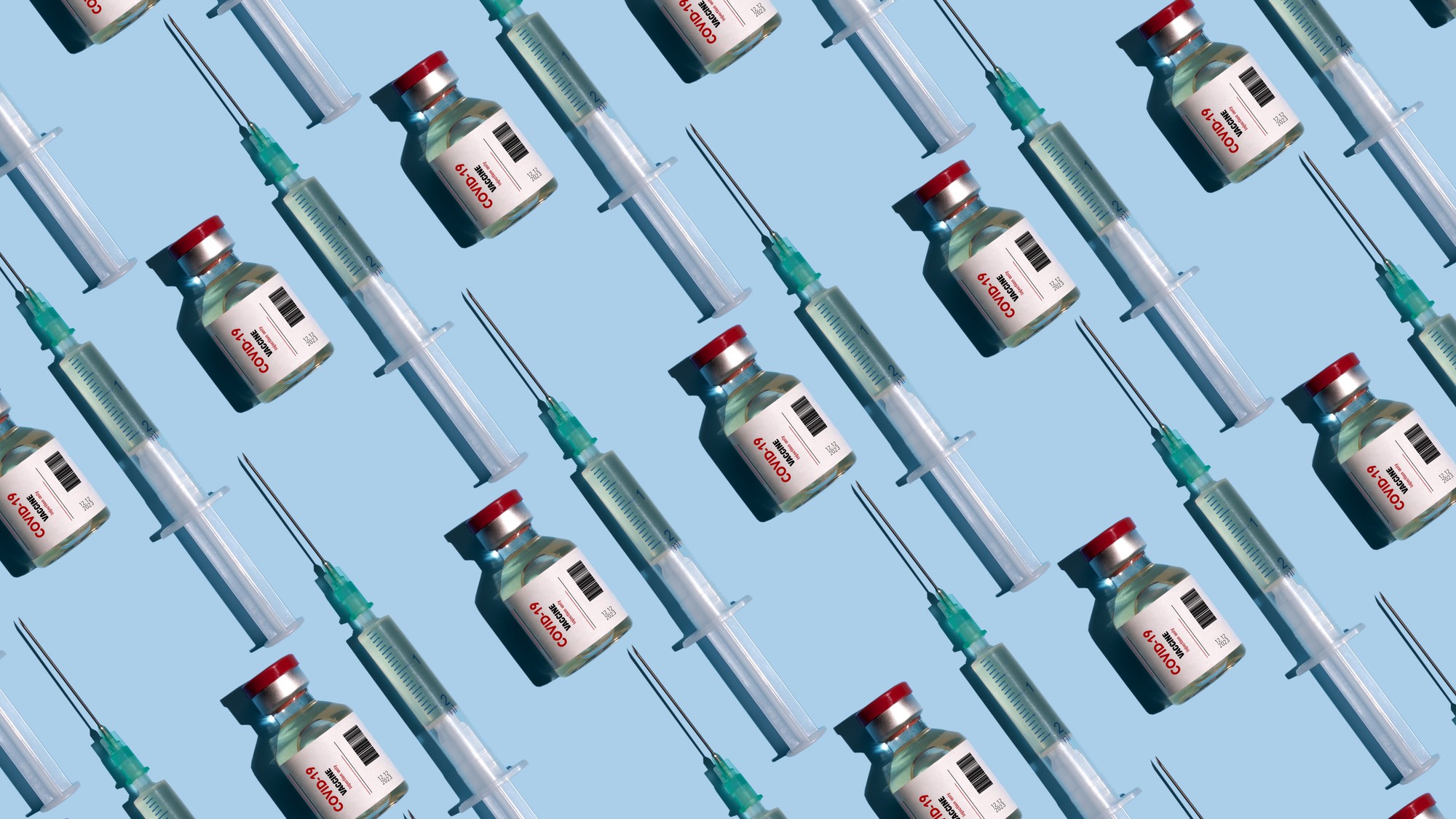 Covid-19 mRNA vaccines could help fight cancer
Covid-19 mRNA vaccines could help fight cancerUnder the radar They boost the immune system
-
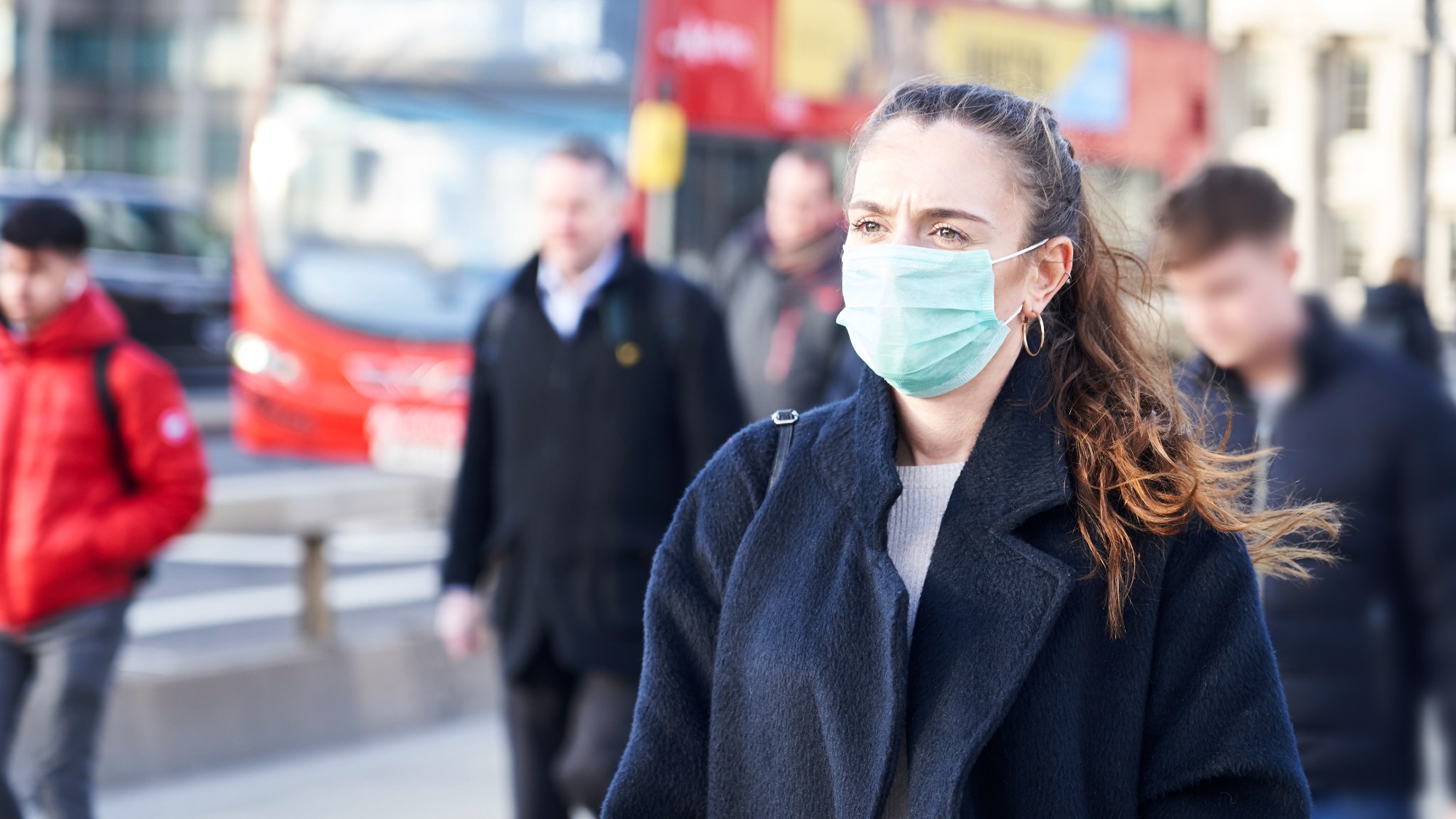 The new Stratus Covid strain – and why it’s on the rise
The new Stratus Covid strain – and why it’s on the riseThe Explainer ‘No evidence’ new variant is more dangerous or that vaccines won’t work against it, say UK health experts
-
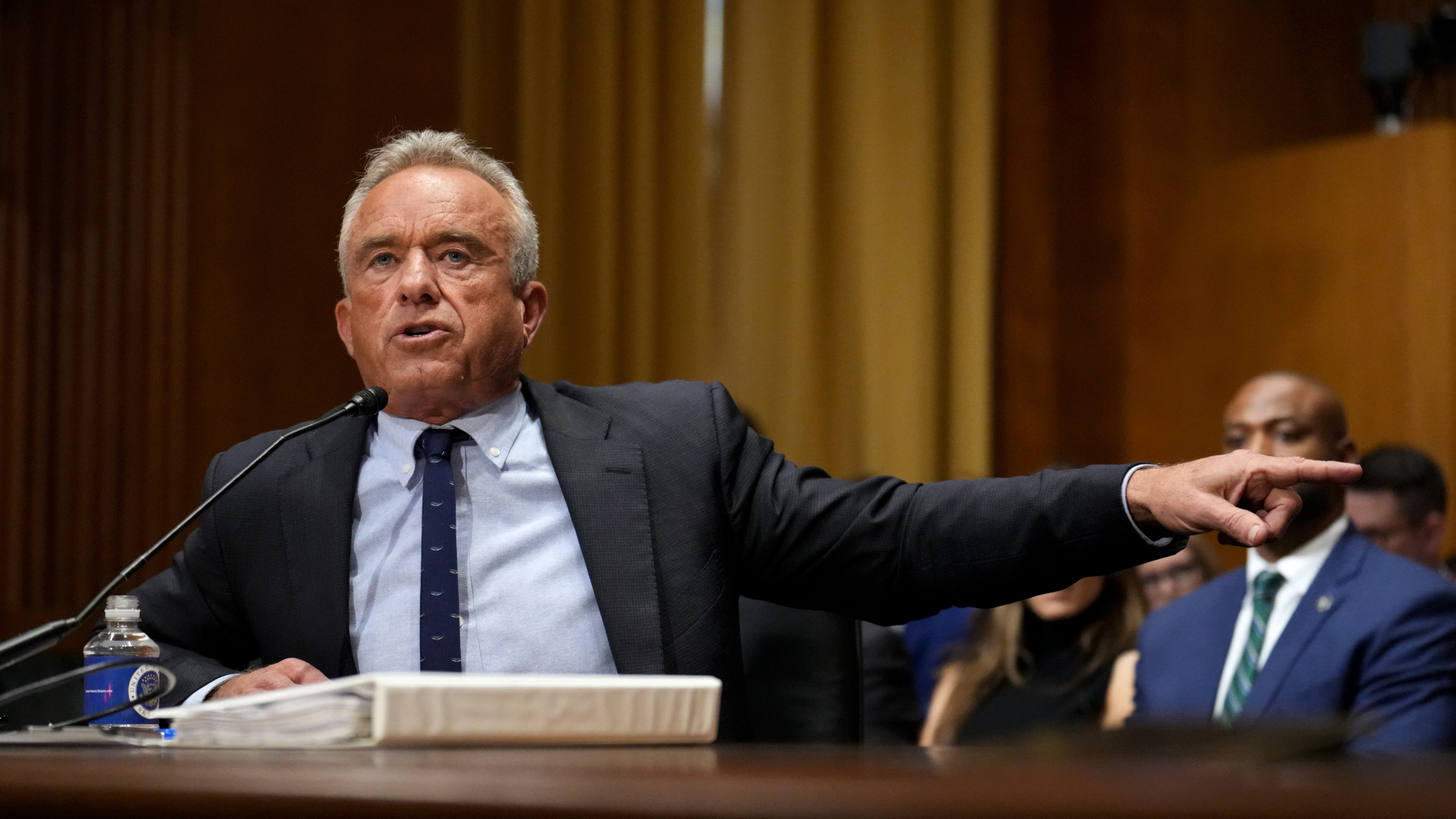 RFK Jr. vaccine panel advises restricting MMRV shot
RFK Jr. vaccine panel advises restricting MMRV shotSpeed Read The committee voted to restrict access to a childhood vaccine against chickenpox
-
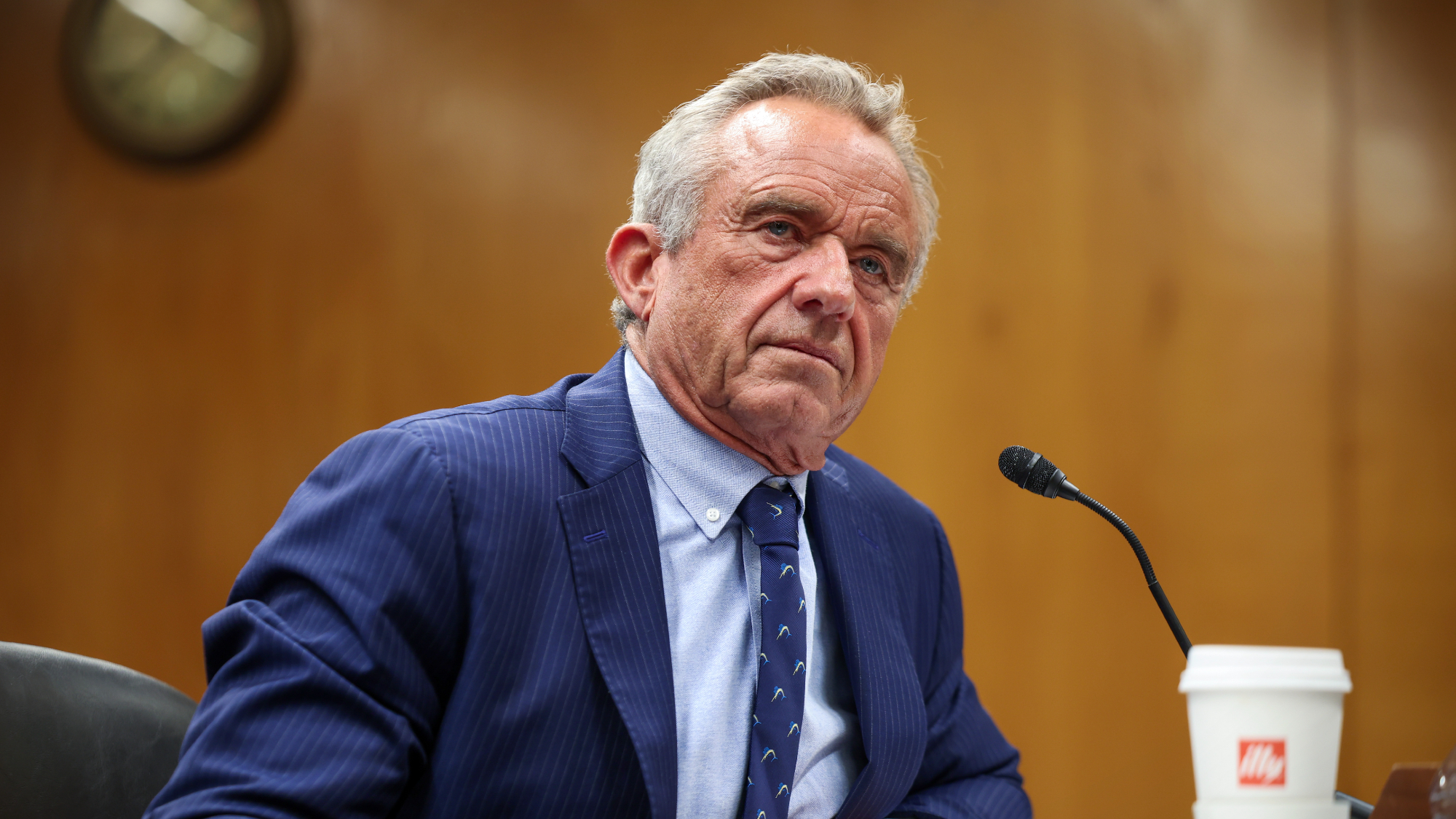 RFK Jr. scraps Covid shots for pregnant women, kids
RFK Jr. scraps Covid shots for pregnant women, kidsSpeed Read The Health Secretary announced a policy change without informing CDC officials
-
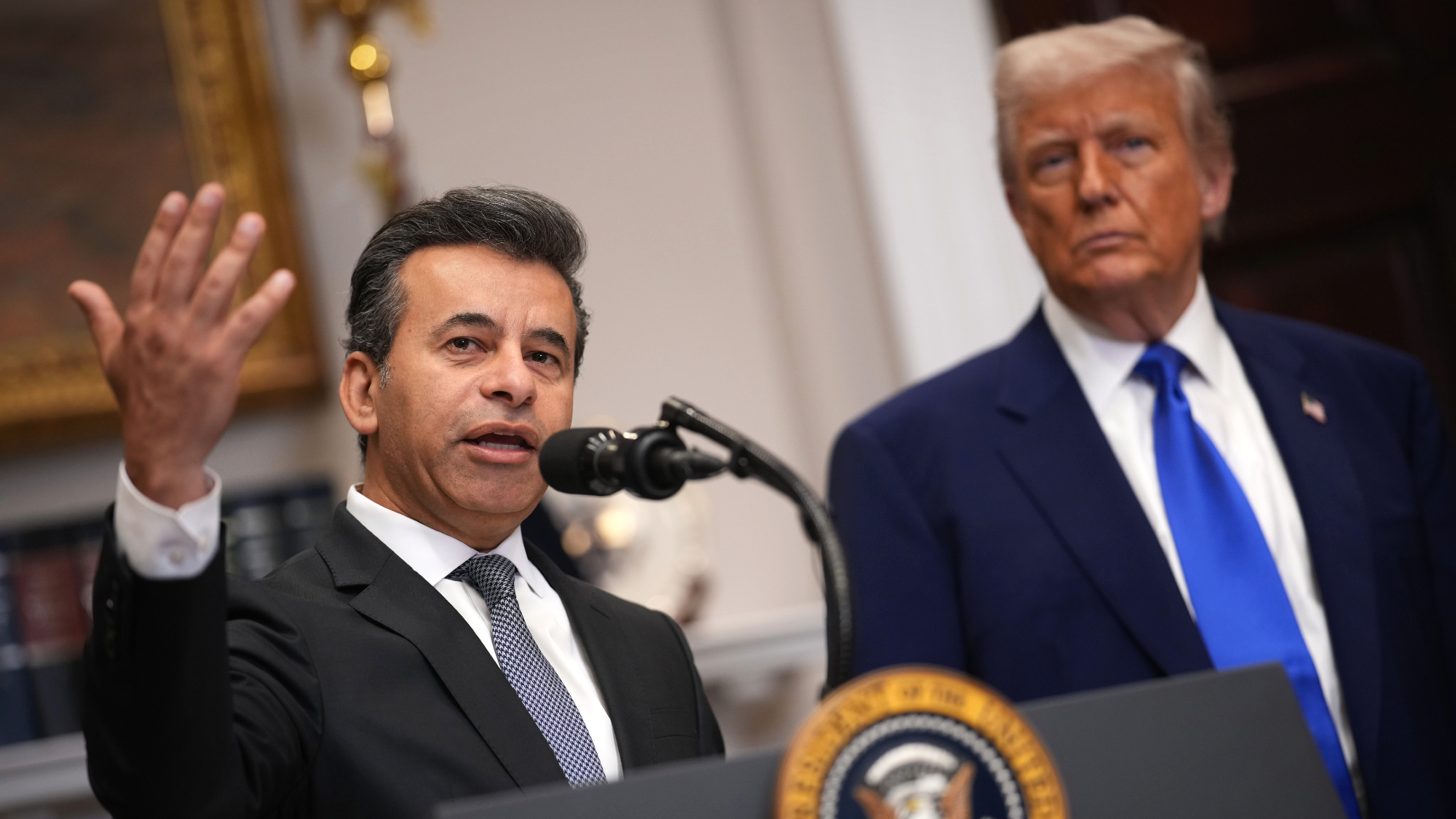 New FDA chiefs limit Covid-19 shots to elderly, sick
New FDA chiefs limit Covid-19 shots to elderly, sickspeed read The FDA set stricter approval standards for booster shots
-
 RFK Jr.: A new plan for sabotaging vaccines
RFK Jr.: A new plan for sabotaging vaccinesFeature The Health Secretary announced changes to vaccine testing and asks Americans to 'do your own research'
-
 Five years on: How Covid changed everything
Five years on: How Covid changed everythingFeature We seem to have collectively forgotten Covid’s horrors, but they have completely reshaped politics
-
 HMPV is spreading in China but there's no need to worry
HMPV is spreading in China but there's no need to worryThe Explainer Respiratory illness is common in winter